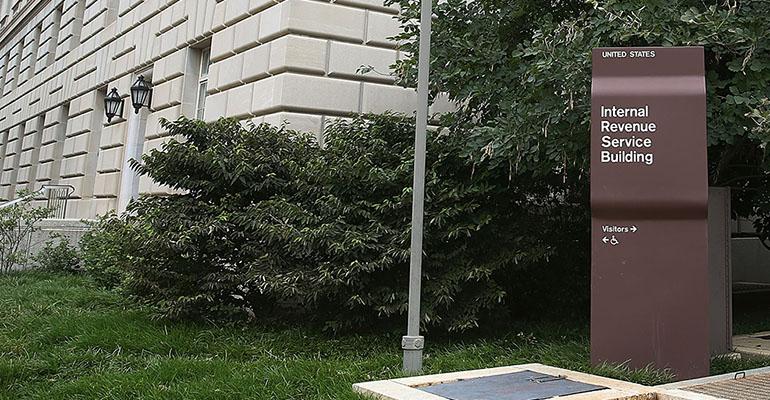On Nov. 14, an Internal Revenue Service associate chief counsel provided some clarification that could be helpful for practitioners with clients who are eligible for the 20 percent tax deduction on income from qualifying pass-through entities under Internal Revenue Code Section 199A. Her comments underscored the importance of keeping separate books and records when multiple trades or businesses are operated under a single entity.
Taxpayers with income from medical, law and account practices, consulting activities, financial services and other industries referred to under the statute as Specified Service Trades or Businesses may not take the deduction if the taxpayer’s taxable income exceeds $207,500 for single filers or $415,000 for married filers.
Many taxpayers were concerned that a small amount of income from one of the above-mentioned SSTBs would taint a business that was engaged primarily in non-SSTB activities. For example, many contractors provide consulting services as part of the construction process and questioned whether the income attributable to the consulting services they provide as part of the overall construction process would convert the income of the construction business into a SSTB, or whether the business would have to keep separate books and records to separately track income attributable to the consulting services.
Proposed Regulations
Fortunately, the proposed regulations issued in August 2018 provide for a de minimis exception. The proposed regulations state that if the income from a SSTB activity is less than 10 percent (5 percent if annual receipts are greater than $25 million) of the combined gross receipts of the SSTB and non-SSTB activities, then the business won’t be treated as a SSTB, and all of the income will qualify for the 20 percent deduction.
For example, a consultant could join an engineering firm with less than $25 million in annual receipts, and the income attributable to the consulting activity would qualify for the deduction if the consulting revenue is less than 10 percent of total revenue of the firm.
What Threshold Applies?
A separate question after the proposed regs were released was at what level this de minimis threshold applies. Does the threshold apply at the entity level, meaning that all receipts must be aggregated and all SSTB activities must be combined to see if the 10 percent threshold is satisfied, or does the de minimis threshold apply separately for each trade or business when an entity has multiple trades or businesses?
Keep Separate Books and Records
At the American Institute of CPAs Fall Tax Division Meeting, IRS Associate Chief Counsel of Pass-throughs and Special Industries, Holly Porter, stated that this de minimis threshold could apply multiple times under the same entity if separate books and records were kept for each separate trade or business. Practitioners attending the meeting requested that the IRS provide examples to apply the de minimis threshold across multiple trades or businesses under a single entity, but it’s unclear what the final regulations may bring.
It may, therefore, be important to decide whether your clients should keep separate books and records beginning as early as next year when multiple trades or businesses are operated under a single entity when the entity provides ancillary services that could be considered SSTB income.
By strategically separating multiple trades and businesses and maintaining separate books and records, taxpayers can maximize their deduction by allocating what would otherwise be considered SSTB income across multiple de minimis thresholds to potentially qualify for the deduction when they otherwise might not have to do.





